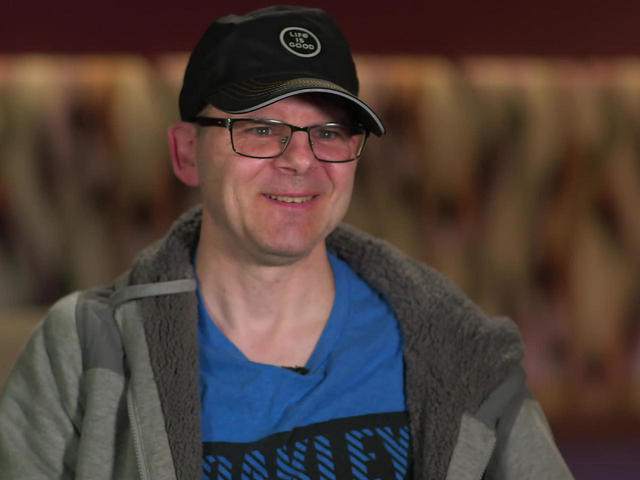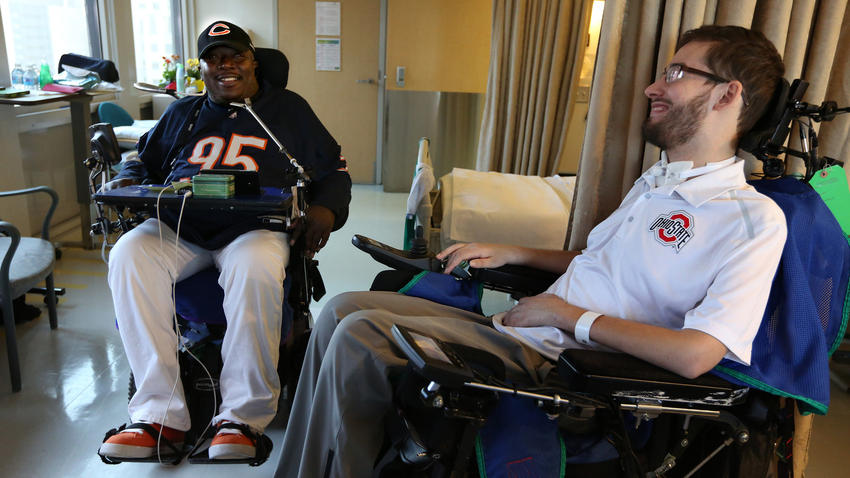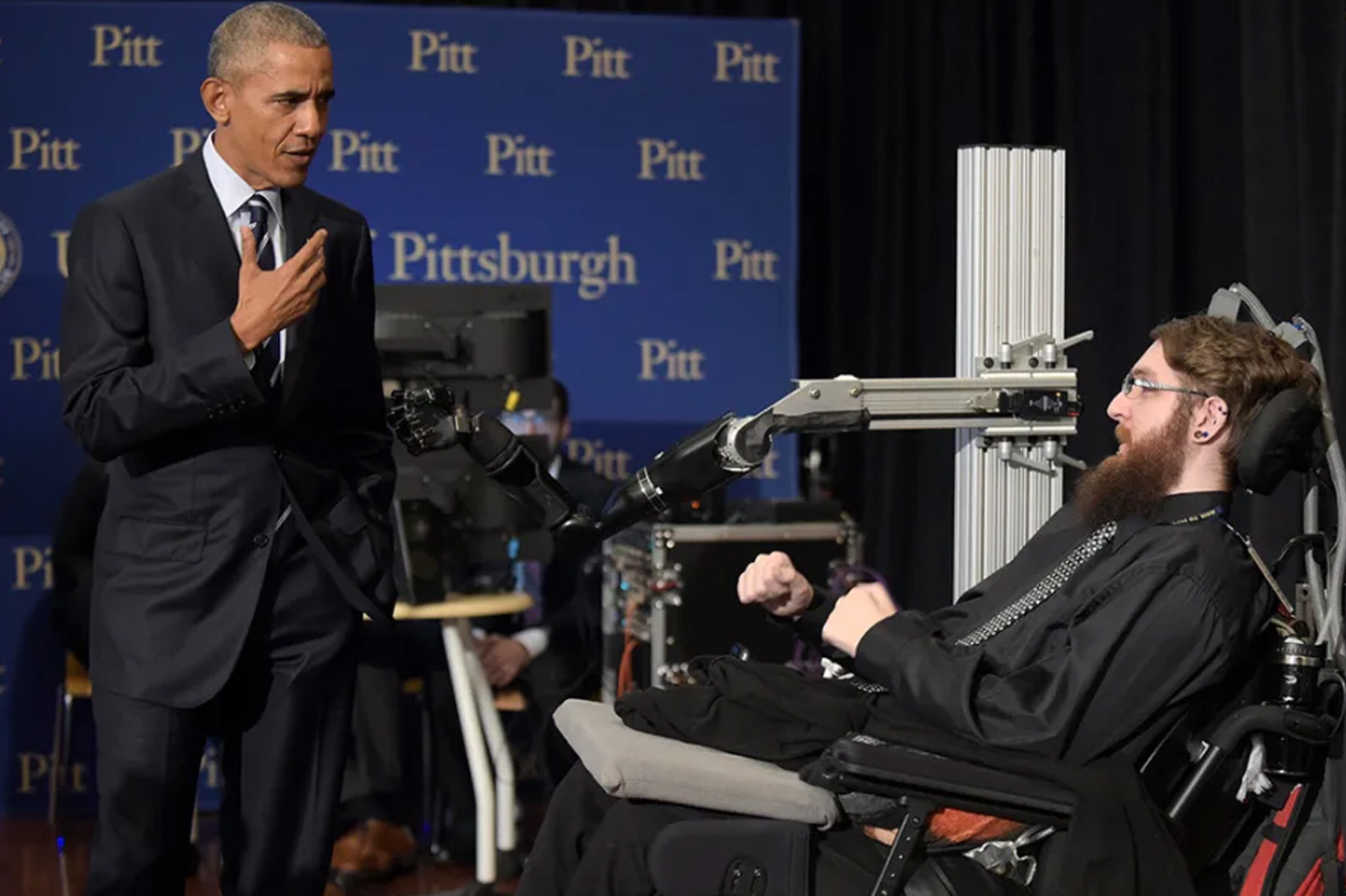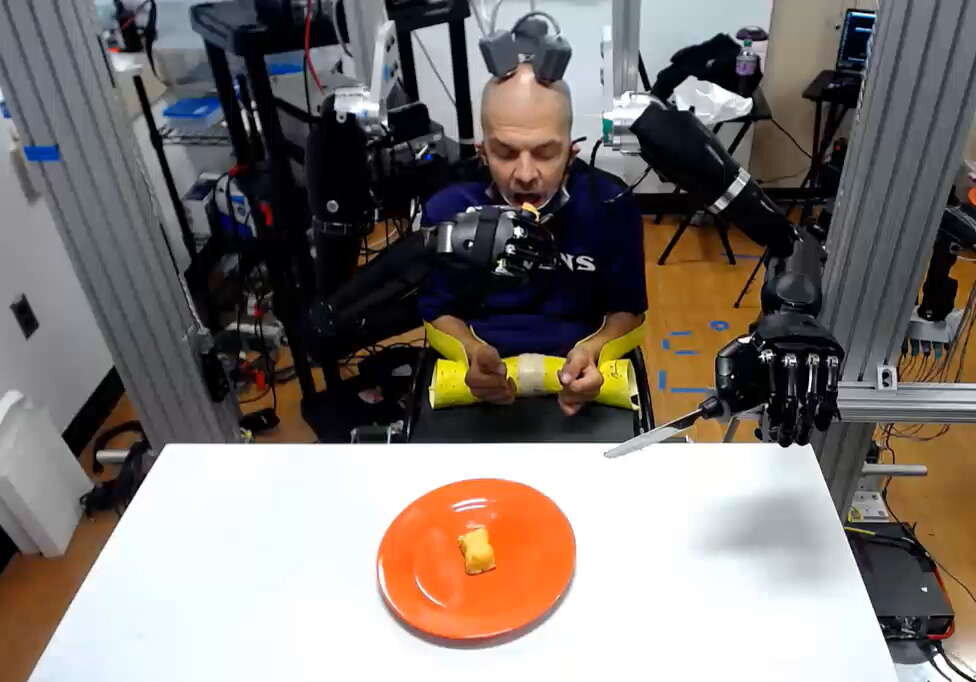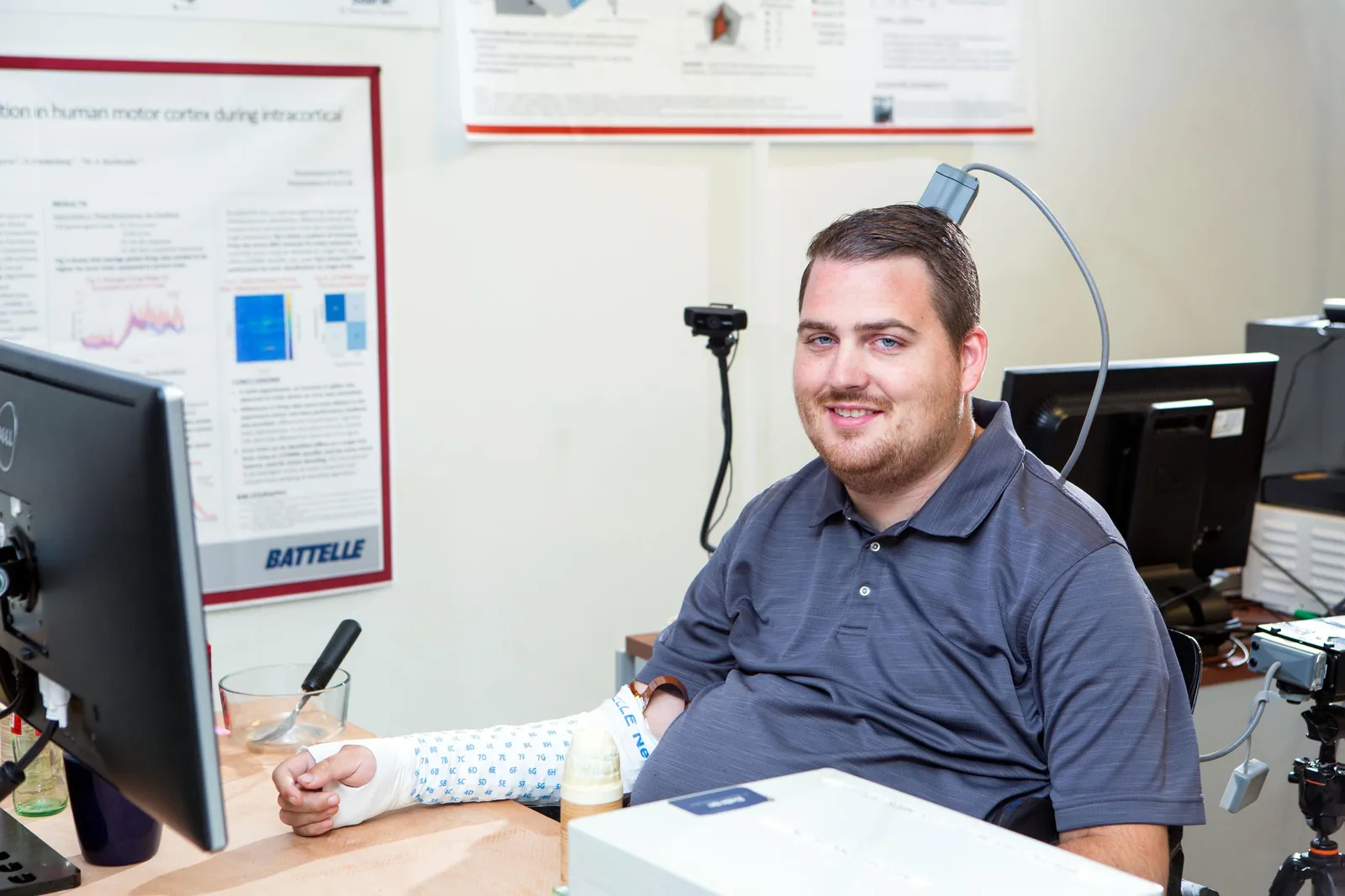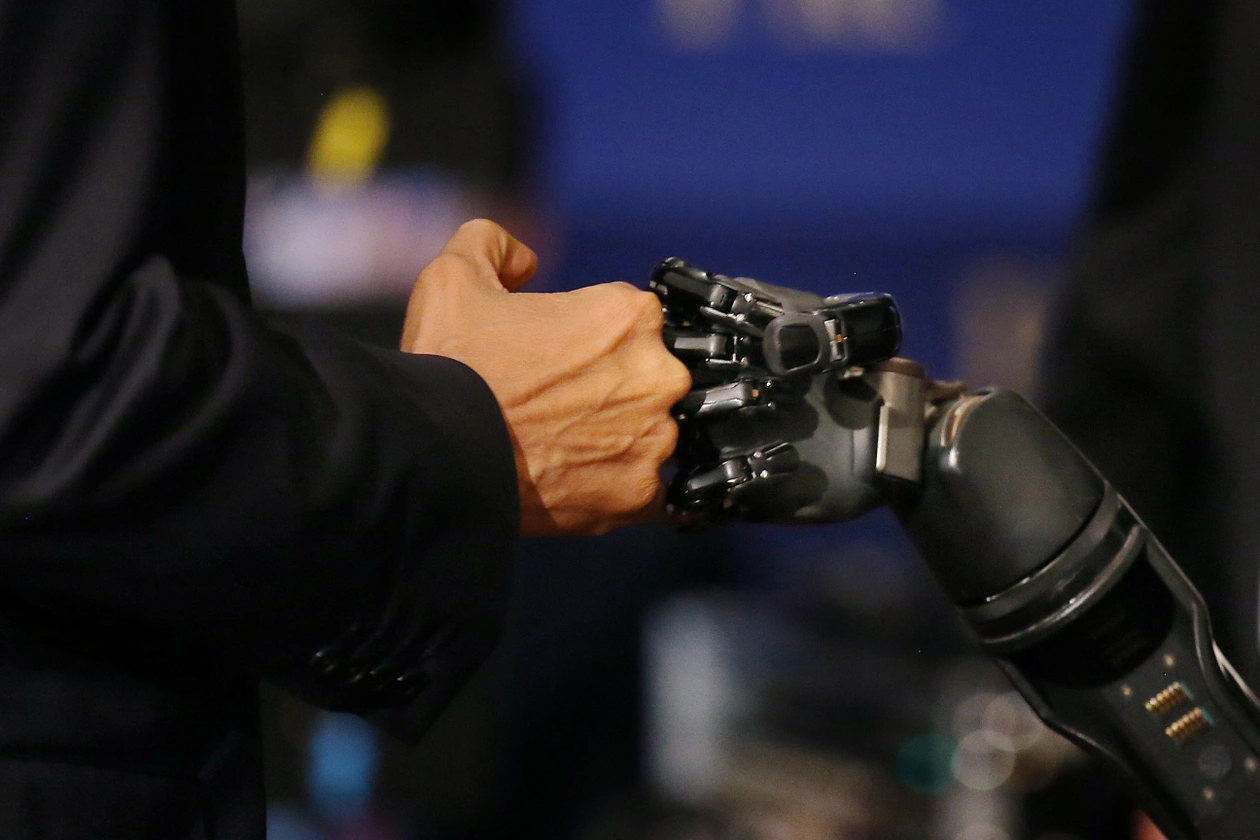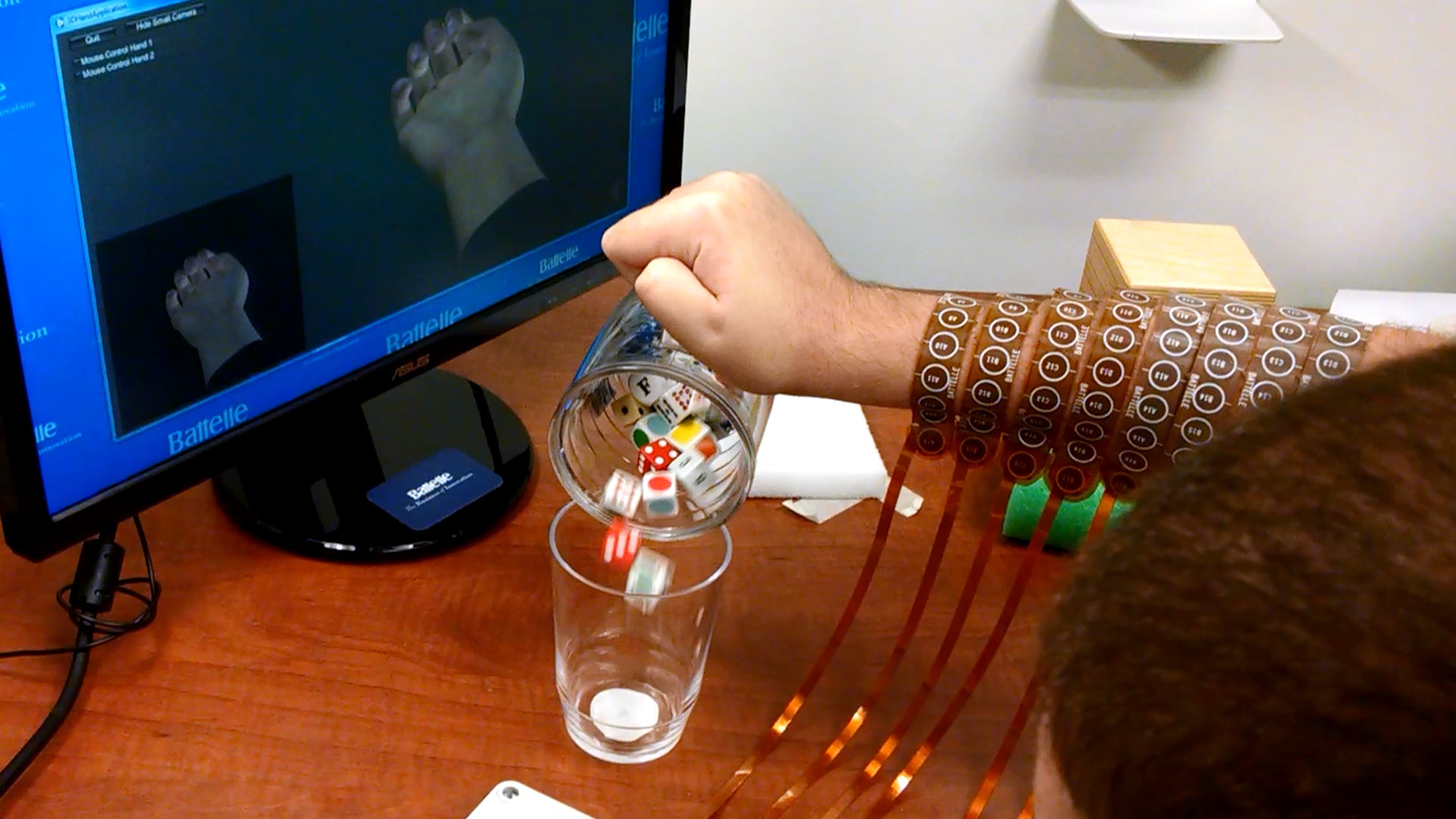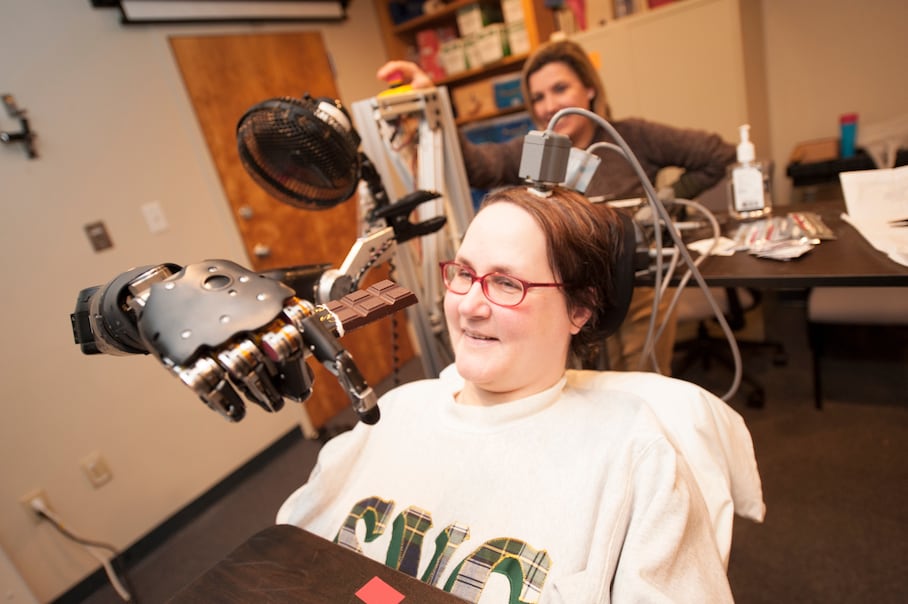A mind-controlled robotic arm might one day feel real, but for its first two paralyzed users, the sensation is only fleeting. By Rachel Mabe When Nathan Copeland came to, he knew he was paralyzed. Still in the driver’s seat, he looked at the fireman kneeling beside him and said, “I fucked my life up.” The fireman said, “Let’s get through right now.” A helicopter landed in the nearby baseball field. Copeland started crying. He hadn’t even wanted a driver’s license, but he needed one for the half-hour drive to Fayette, where he’d just started studying nanotechnology at a branch of Pennsylvania State University. He’d been rushing that night in the rain. He took a corner too fast. His tires hit mud, the car hit the guardrail. Copeland was paralyzed from the chest down. He could move his arms, but his triceps didn’t work. He couldn’t move his fingers, so his therapists let them curl. This allowed him to pick stuff up—like a hooked cup—as long as it wasn’t too heavy. Over the years, he watched as his former friends hit all the milestones—graduate college, get jobs, marry, have kids. He participated in life as he could, often helping the Pittsburgh
